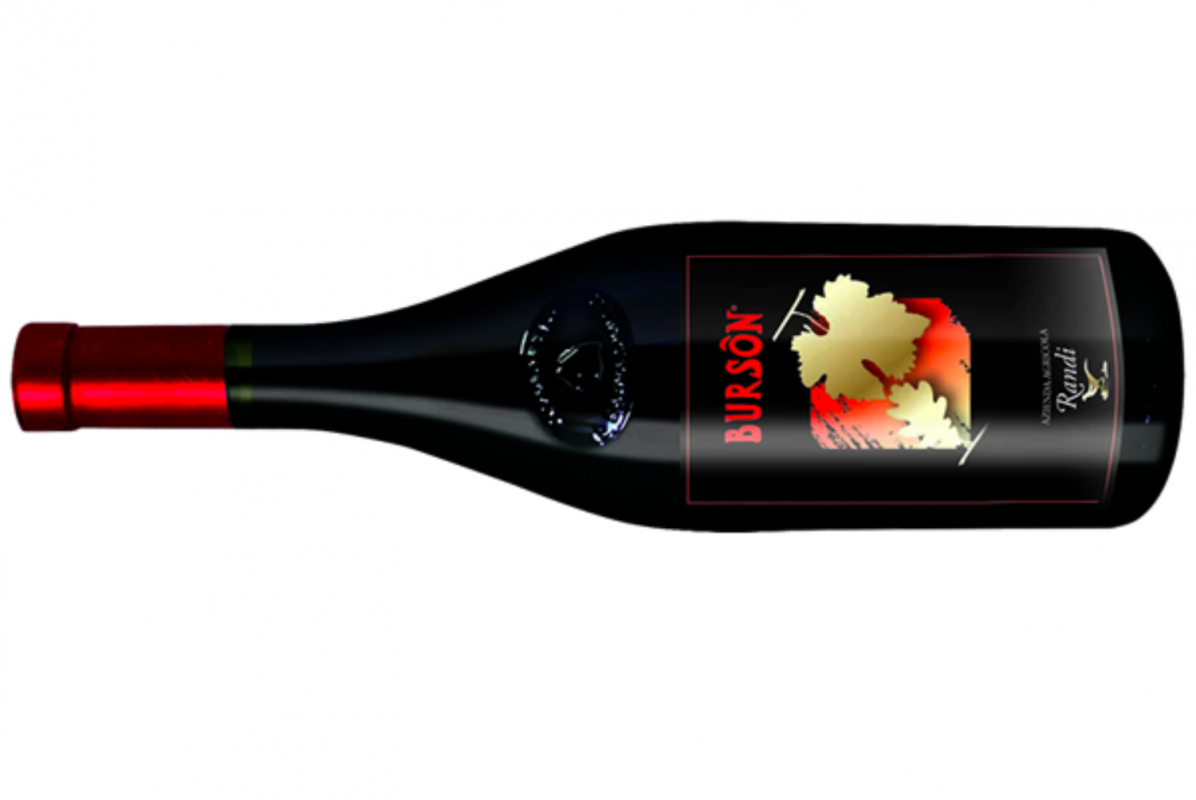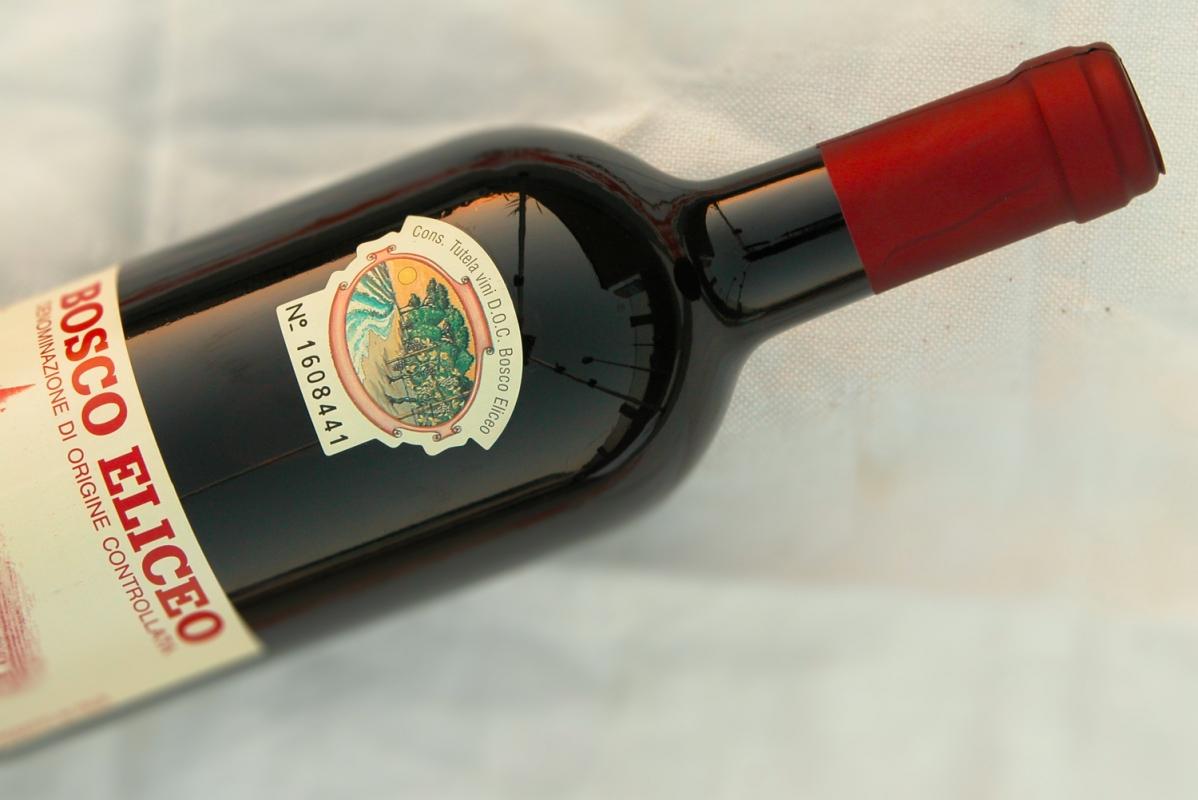WINES FROM THE PO DELTA
BURSON (BURSON WINE)
As far as wines are concerned, Burson is a source of pride for the Bagnacavallo area. This ancient native vine grown in the Province of Ravenna owes its popularity to the Longanesi family, who in the 1950s, had the merit of believing in the potential of these grapes and saving them from extinction. The story goes that in 1913, Antonio Longanesi bought what was to become the Longanesi family property in a "roccolo" (a wooded area on the edge of the land where hunting was practised in the characteristic huts); Longanesi noticed an old vine growing on an oak tree. He noticed that its grapes, characterised by a thick, leathery skin, were not attacked by the most common fungal vine diseases, demonstrating great hardiness. The wine made from these grapes was a great success even among his friends, encouraging the spread of the vine to neighbouring areas. It is said that starting from this plant, the recovery of this appreciated local vine began. Since 1998, thanks to the Consortium of the typical product "Il Bagnacavallo", the name Bursôn can be used in the wines, and in 1999, this grape has been registered as “Uva Longanesi” (Longanesi grape variety in honour of the family that saved it). Bursôn is made from 100% Longanesi grapes.
- Bursôn Etichetta Blu (blue label), which, once bottled, foresees a period of refinement in the bottle of at least 6 months.
- Bursôn Etichetta Nera (black label) is more full-bodied and structured than the previous one as 50% of the harvested grapes are dried.
Once fermented, the wine spends 12 months in 500-litre oak casks and 12 months in large casks. These wines are characterised by their strong personality, giving us the flavours and scents of the undergrowth of the Ravenna pine forests in which this vine has acclimatised perfectly and survived for years. They are structured wines, with unmistakable aromas and body, and go very well with game or red meat dishes, roasts, truffles and mature cheeses.
I VINI DELLE SABBIE (WINES FROM THE SANDS)
The vineyards bearing the Bosco Eliceo denomination are located within the Po Delta Park, along the coastal strip that stretches from the mouth of this great river (in the territory of Ferrara) to beyond the salt pans of Cervia, in the province of Ravenna. It is said that the birth of viticulture in Ferrara is due to the Etruscans who lived in the city of Spina. Later, a great impulse to the cultivation of the vine in these places was given by the Benedictine monks, who settled in Pomposa Abbey.
Fortana, also known as the "uva d'oro" (the golden grape), was propagated in these areas by the Este family. It is said that Renata of Valois of France, in 1528 when she married the Duke of Este Ercole II, brought it as a dowry from the Cote d'Or in Burgundy. The vineyards on the coast, grown on the sandy hillocks amidst holm-oak woods, have thus resisted until today without being attacked by phylloxera, a fearsome parasite that destroyed most of the vineyards throughout Europe towards the end of the 1800s. Wines from the sands have the particular characteristic of being made from "ungrafted" vines as grafting was not necessary to save them from phylloxera. Wines from the Sand are commonly found in still and sparkling versions made from red grapes, such as Fortana and Merlot, as well as white grapes such as Sauvignon, Malvasia and Trebbiano Romagnolo. The red wines normally have vinous notes on the nose, characterised by good acidity, vivacity and flavour, conferred by the proximity of the sea and brackish waters, and pair very well with the products that come from these lagoons, especially eel and fried fish caught in the Valleys. The particularly humid environment, the brackish air and the proximity to the sea, which mitigates the seasons, are other elements that contribute to the character of these wines.




